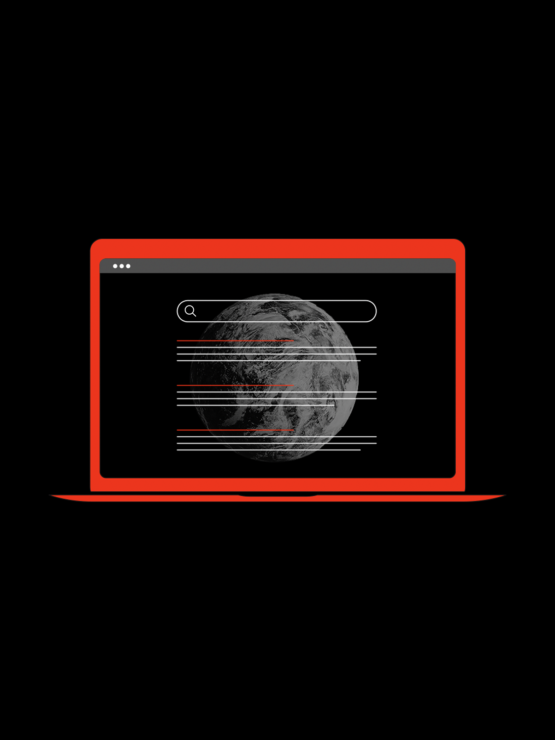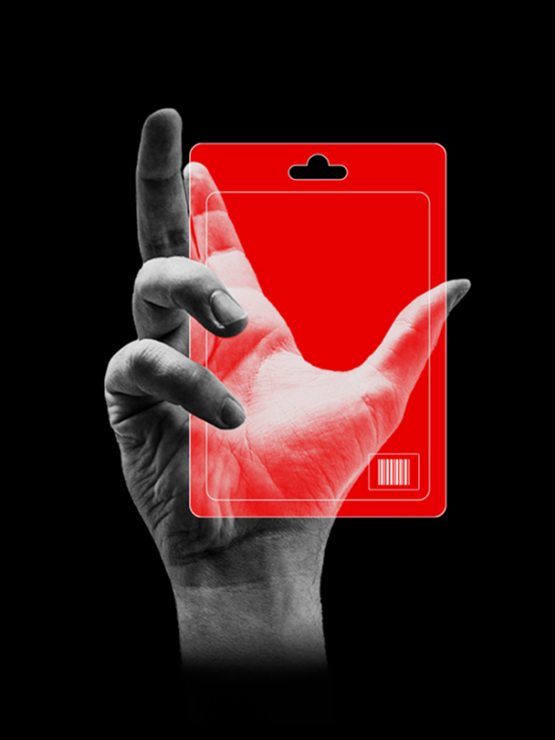No budget? Big Problem. I’ll never forget being bit by the budget question for the first time. We were a young, wide-eyed firm looking to get a piece of the seemingly lucrative (but, in hindsight, faddy and lucrative-for-only-a-few) t-shirt market. “It’ll be easy,” we thought. “We know how to design. We like t-shirts. It’s perfect!” But we needed a way to sell these t-shirts online, and we knew we didn’t want to go the Cafepress route. So we did what any future t-shirt empire would do – we went to the website of one of the biggest web shops in the world at the time and hit the ol’ ‘Contact Us’ button and started filling away. We got the field that said “budget,” wrote $5000 based on how the wind was blowing that day and hit ‘Send.’ A day later, we got the reply: “Based on your budget, we wouldn’t be a good fit for you at this time.” Ouch. We were crushed. We sulked. Eventually, we picked ourselves up, got started on a Shopify site, started saying things like, “They want how much to print T-shirts,” and that was that. So, no T-shirt business for [wp] (thank God). But the thing that sticks with me about that whole process isn’t the designs or the many shirt vendors we spoke to. It’s that reply. At some point in a future post, maybe I’ll talk about how horribly they handled that reply from a branding perspective (in terms of how I’ve felt about that company since and how easily they could have done things differently), but from the positive side, it was one of the greatest lessons I’ve ever had about the value of time and the value of preparation.
Here’s the simple truth about our situation above: we were naive, narcissistic fools. We were using phrases like, “It’s just a simple shopping site.” We had no idea how much things really cost, we didn’t understand at the time that real agencies don’t price on the cost-plus model, and we fell into the trap of thinking that because we were excited about our idea, others would want to join the ‘movement’ and give us a break. Not only that, but our ‘budget’ wasn’t based on projections or any other quantifiable metric, it was based on what we wanted to pay having absolutely zero knowledge of how the cost of the development of the site fit in with the business we were developing (let alone what this type of work was going for in the real world). So, for us lesson learned. Allow me to try to convince you.
Why you need a budget
- Budgets provide flexibility. There are a bunch of different things that a branding agency can do for you, and given a realistic budget, they can put together a strategy that maximizes the value of those budget dollars.
- Time is valuable. If your budget is $X00 and the company you’re talking to starts their pricing at $XX,000, chances are you’re not going to be able to come to an agreement. Isn’t it easier for everyone to know that going in? Imagine the time you’ll save.
- No budget == unprepared. The “We don’t really have a budget – we just want to know what it costs” tactic raises serious red flags (Are they hiding something? Will they be able to pay the few if they haven’t planned for it?) and it hints to the agency that you are probably not prepared for a branding process in the first place.
- People are honest. We’ve yet to see a successful, respected agency get where they are by ripping off their clients. The big fear with a budget is that the agency’s actual price is much lower than what you say your budget is. Aside from this situation being extremely rare (for us, it’s happened exactly once in 10 years), a reputable shop is going to say, “That’ll be more than enough to achieve your goals, and you can decide, if anything, what you’d like to do with the difference.”
How to put together a realistic budget
The answer’s fairly simple here: do a little research about where prices generally fall, figure out how this branding engagement is going to affect your bottom line, and start talking to some shops. Will you be able to charge more because your identity materials look more professional than they do now? Write down how much and extrapolate. What’s your conversion rate on your website now? If you raise it by 1%, how much money would that generate? Write that down and extrapolate. Once you get a feel for where you think your budget is, it’s time to start contacting shops. But we have some work yet to do, so let’s meet here next time, and please…
Follow us on Twitter!




